In the center are depicted: the Lord of hosts in glory, with the Holy Spirit in the form of a dove in the bosom; lower – Emanuel the Savior, who


In the center are depicted: the Lord of hosts in glory, with the Holy Spirit in the form of a dove in the bosom; lower – Emanuel the Savior, who

Novgorod. Occurs from the St. Nicholas Church in Ozerovo village, Leningrad Region. St. Nicholas Bishop of Myra is one of the most revered saints in Russia. His numerous hagiographic images
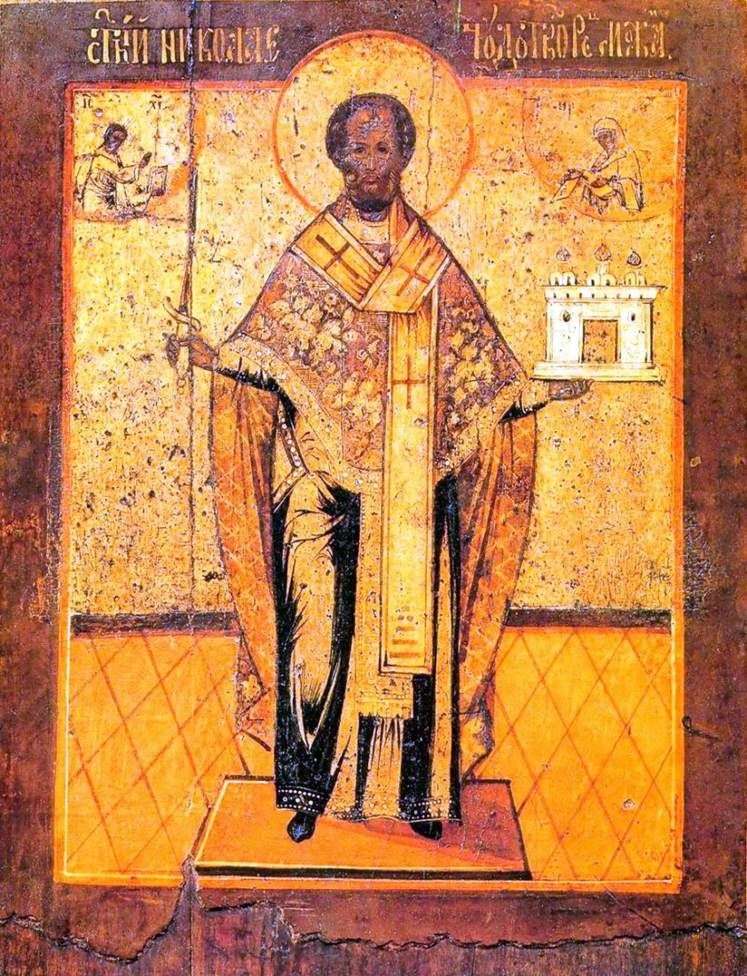
This iconographic type, created on Russian soil, was inspired by concrete historical events. Despite the canonical ban to make sculptural images of saints, the carved wooden Nicolas took a place

Deesis tavern was written in 1408 for the iconostasis of the Assumption Cathedral in Vladimir on Klyazma commissioned by the Moscow prince Vasily Dmitrievich. In 1775 he was transported to
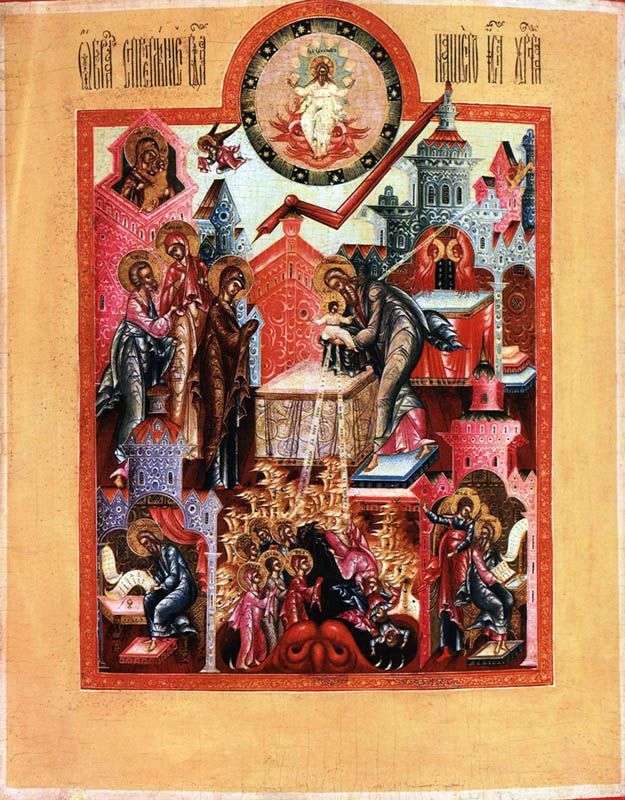
The Presentation of the Lord is presented in a complicated iconographic variant, which became widespread in the 17th century. On this icon, the traditional scene of the Presentation is supplemented

The ancient icon has reached our days with large losses of the paint layer and late alterations. The background, the inventory of the head of the archangel and part of
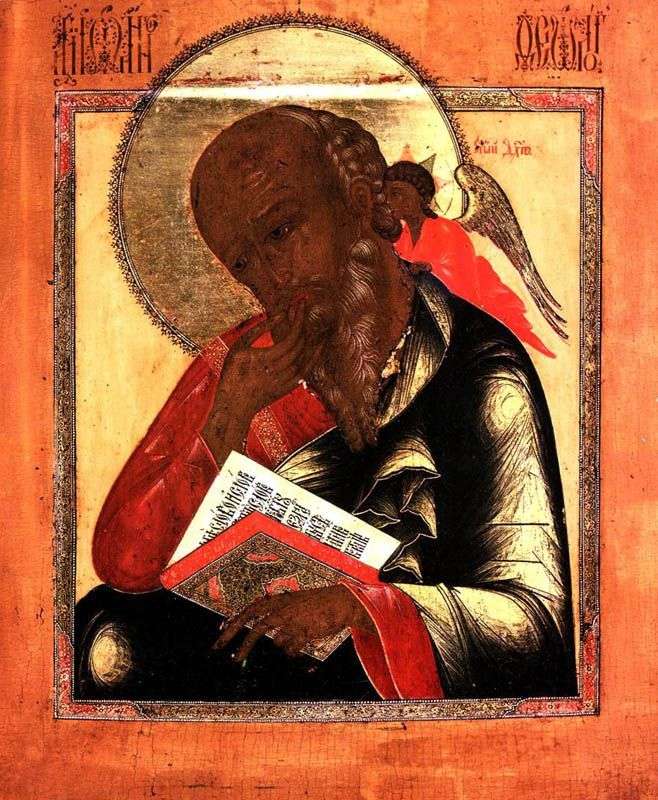
The evangelist is depicted sitting, with the gospel revealed. The fingers of the right hand are brought to the closed mouth. Behind John, an angel with an eight-pointed “Sofia” nimbus,
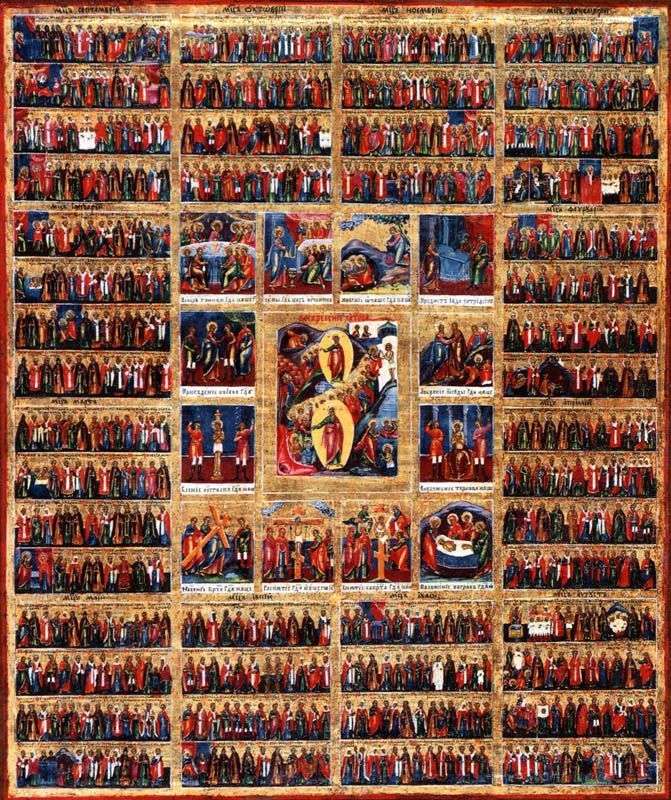
The centerpiece depicts the Resurrection of Christ – the Rise from the tomb with the Descent of Christ to hell. The composition also includes other scenes that have become traditional
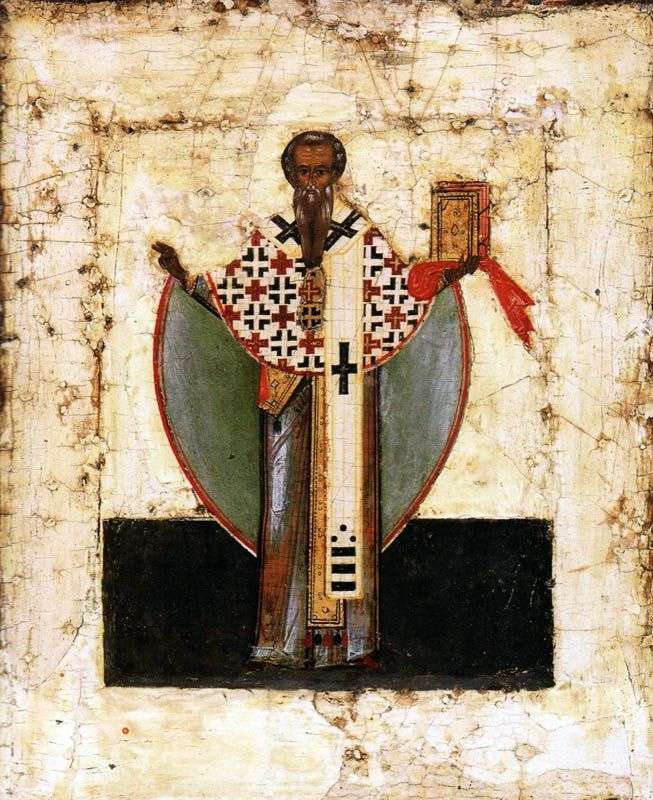
The inscription with the name of the saint did not survive, but the iconography – the features of his face and the shape of his beard suggest that this is

The archangel is depicted in growth, in a turn to the left, in his left hand is the measure, in the right is a red mirror with the letters “XS.”
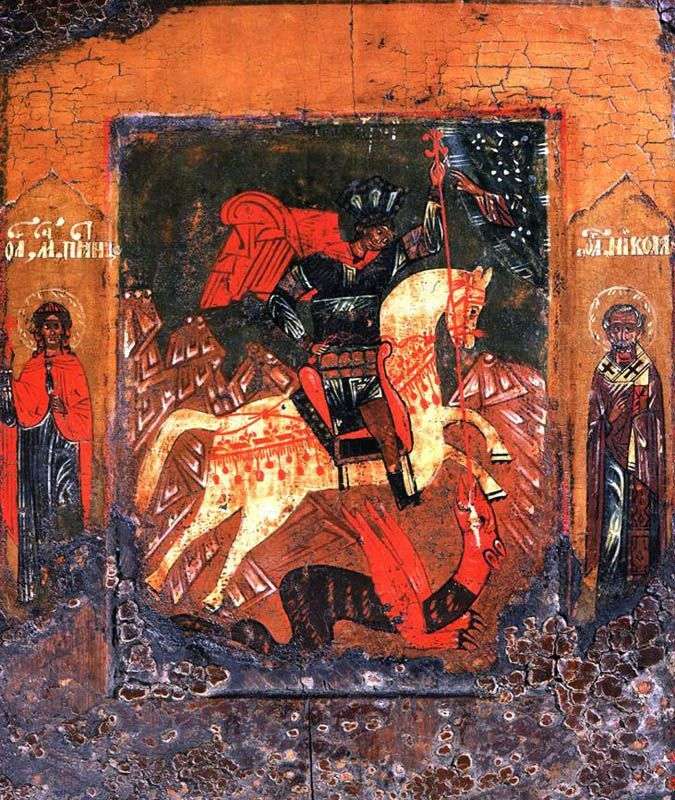
Favorite by the people plot of Miracle of George about the dragon in the icon is accompanied by images of the most revered Paraskeva Pyatnitsa and Nikola the Miracle-worker. The

In the middle section the saint is represented in the iconography of Nikola Zaraysky, with two usual medallions with images of the Savior and the Mother of God at the
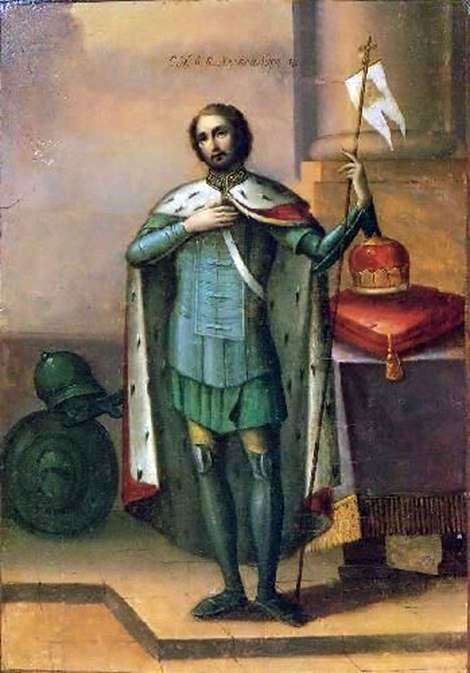
Almost 120 years after the death of the hero of the Battle of the Ice and the Battle of the Neva, Prince Alexander Yaroslavich, he was canonized. His relics, located
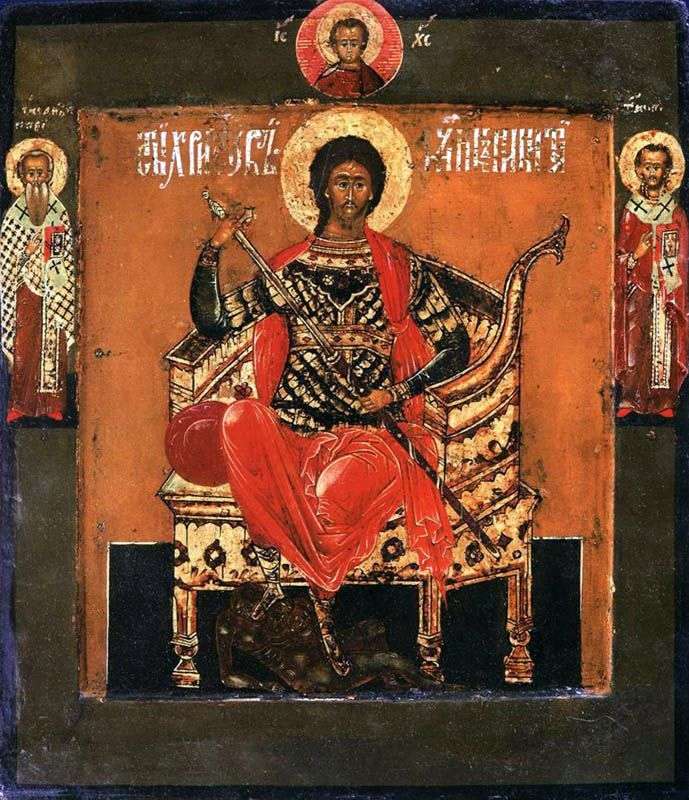
A similar image of St. Nikita is rare. As a distant analogy, one can cite the depiction of Dimitry of Thessalonica on the icon of the beginning of the 13th
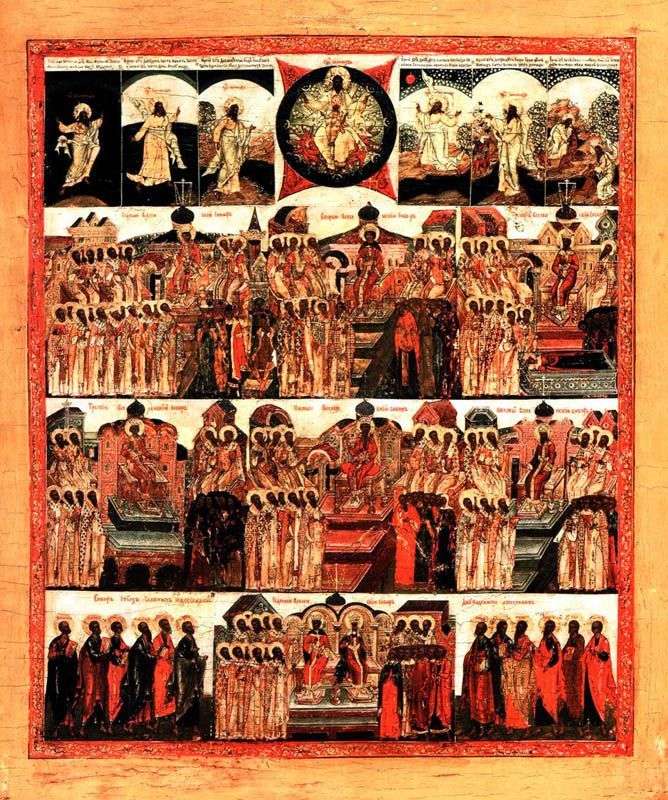
Composition of four registers. In the center of the upper one depicts the Fatherland in the Forces, on the sides of which are six days of Creation. In the second,

The holy martyr doctor Panteleimon was very revered in Russia. He lived at the turn of the III-IV centuries. in Nicomedia. He received the basics of Christian knowledge from his

Saints in growth, at the turn to each other, in prayer to the image of Our Lady of the Sign, represented in the segment of the sky. They are clothed

The Mongol-Tatar invasion interrupted the development of Old Russian painting, which experienced a period of flourishing in the 12th – early 13th centuries. Only in the Novgorod, which preserved its

Around the large image of the Holy Trinity, presented in the form of a meal of three angels, several scenes of the Hospitality of Abraham are given. Above is the

In the middle section – the prophet Ilya on Mount Horeb, near the Horavsky spring. To him flies feeding him crows. Above the mountain, Ilya’s Fiery Ascent is depicted. His

The composition is a repetition of older specimens. Left on the background of the pink church of Sts. John Climacus with a scroll in his hands, teaching the monks standing